Dacia Sandero vs Toyota Prius – Which model is better for everyday use?
Costs and Efficiency:
Price and efficiency are key factors when choosing a car – and this is often where the real differences emerge.
Dacia Sandero has a decisively advantage in terms of price – it starts at 10700 £, while the Toyota Prius costs 39400 £. That’s a price difference of around 28715 £.
Fuel consumption also shows a difference: Toyota Prius manages with 0.50 L and is therefore convincingly more efficient than the Dacia Sandero with 5.30 L. The difference is about 4.80 L per 100 km.
Engine and Performance:
Power, torque and acceleration say a lot about how a car feels on the road. This is where you see which model delivers more driving dynamics.
When it comes to engine power, the Toyota Prius has a clearly edge – offering 223 HP compared to 110 HP. That’s roughly 113 HP more horsepower.
In acceleration from 0 to 100 km/h, the Toyota Prius is convincingly quicker – completing the sprint in 6.80 s, while the Dacia Sandero takes 10 s. That’s about 3.20 s faster.
In terms of top speed, the Dacia Sandero performs barely noticeable better – reaching 183 km/h, while the Toyota Prius tops out at 177 km/h. The difference is around 6 km/h.
Space and Everyday Use:
Cabin size, boot volume and payload all play a role in everyday practicality. Here, comfort and flexibility make the difference.
Both vehicles offer seating for 5 people.
In curb weight, Dacia Sandero is decisively lighter – 1089 kg compared to 1620 kg. The difference is around 531 kg.
In terms of boot space, the Dacia Sandero offers somewhat more room – 328 L compared to 284 L. That’s a difference of about 44 L.
When it comes to payload, Dacia Sandero a bit takes the win – 436 kg compared to 375 kg. That’s a difference of about 61 kg.
Who comes out on top?
Overall, the Toyota Prius shows itself to be leaves the rival little chance and secures the title of DriveDuel Champion.
It convinces with the more balanced overall package and proves to be the more versatile choice for everyday use.
Costs and Consumption
View detailed analysis
Engine and Performance
View detailed analysis
Dimensions and Body
View detailed analysis
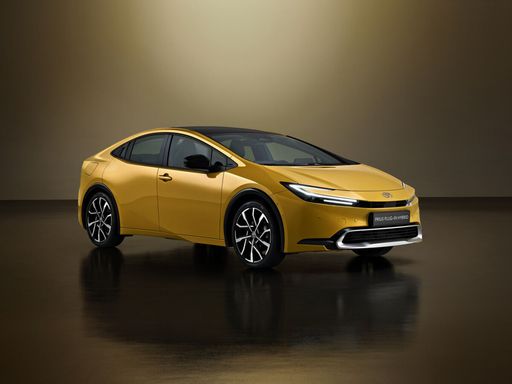 @ Toyota Motor Corporation
@ Toyota Motor Corporation
Toyota Prius
Dacia Sandero
The Dacia Sandero is the everyman's hatchback — unpretentious, practical and brilliantly affordable, with sensible space and straightforward charm where it matters most. It won't wow in the premium lane, but for buyers who want honest, dependable transport without showroom theatrics, the Sandero is a clever, no‑nonsense pick that keeps running costs low and grin levels high.
details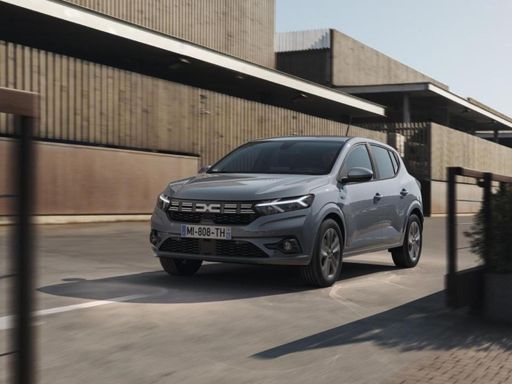 @ Dacia / Renault Group Media
@ Dacia / Renault Group Media
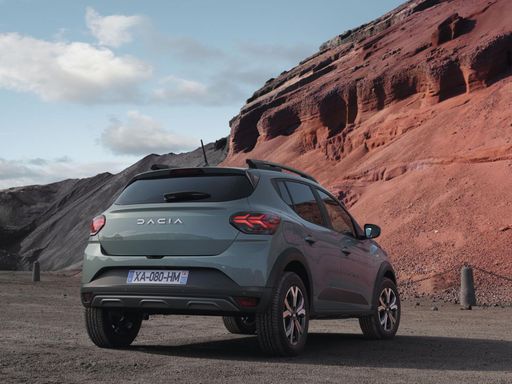 @ Dacia / Renault Group Media
@ Dacia / Renault Group Media
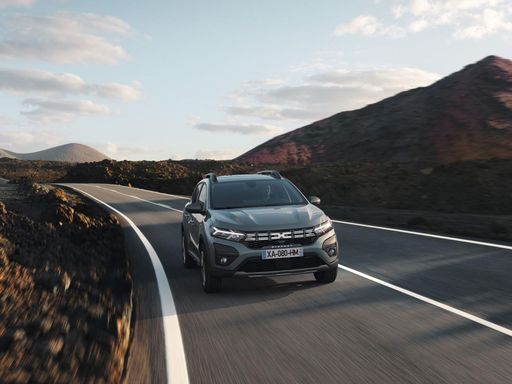 @ Dacia / Renault Group Media
@ Dacia / Renault Group Media
Toyota Prius
The Prius glides through traffic like a wise commuter's secret weapon, balancing miserly running costs with an unflappable sense of reliability. It's not a thrill seeker, but its roomy cabin, sensible packaging and low-stress driving personality make it a brilliant choice for buyers who value peace of mind over pulse-raising performance.
details @ Toyota Motor Corporation
@ Toyota Motor Corporation
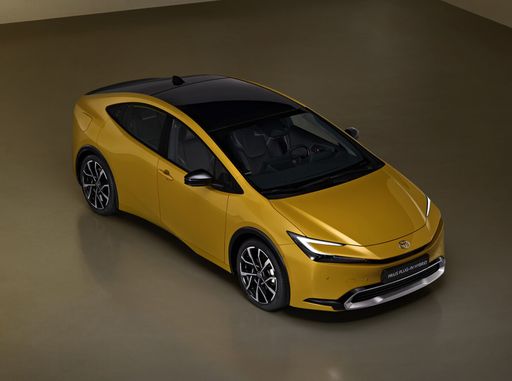 @ Toyota Motor Corporation
@ Toyota Motor Corporation
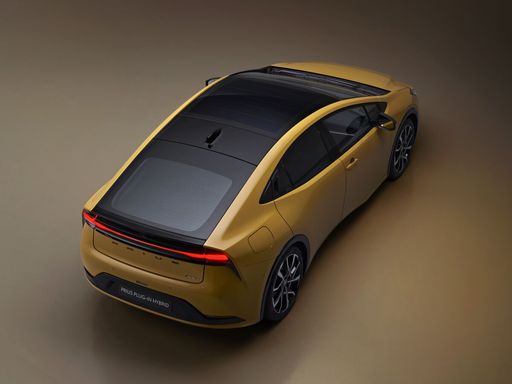 @ Toyota Motor Corporation
@ Toyota Motor Corporation
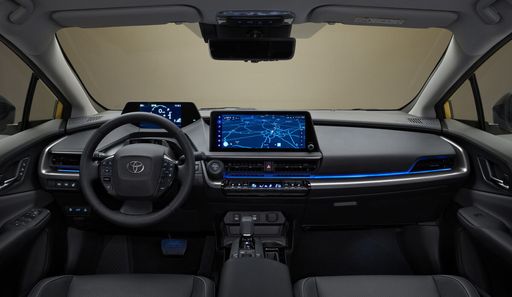 @ Toyota Motor Corporation
@ Toyota Motor Corporation
 @ Dacia / Renault Group Media
@ Dacia / Renault Group Media
|
 @ Toyota Motor Corporation
@ Toyota Motor Corporation
|
|
|
|
Costs and Consumption |
|
|---|---|
|
Price
10700 - 16700 £
|
Price
39400 - 45800 £
|
|
Consumption L/100km
5.3 - 7.1 L
|
Consumption L/100km
0.5 - 0.7 L
|
|
Consumption kWh/100km
-
|
Consumption kWh/100km
-
|
|
Electric Range
-
|
Electric Range
72 - 86 km
|
|
Battery Capacity
-
|
Battery Capacity
-
|
|
co2
105 - 140 g/km
|
co2
12 - 17 g/km
|
|
Fuel tank capacity
32 - 50 L
|
Fuel tank capacity
40 L
|
Dimensions and Body |
|
|---|---|
|
Body Type
Hatchback
|
Body Type
Hatchback
|
|
Seats
5
|
Seats
5
|
|
Doors
5
|
Doors
5
|
|
Curb weight
1089 - 1209 kg
|
Curb weight
1620 - 1630 kg
|
|
Trunk capacity
328 L
|
Trunk capacity
284 L
|
|
Length
4088 - 4099 mm
|
Length
4599 mm
|
|
Width
1848 mm
|
Width
1782 mm
|
|
Height
1499 - 1535 mm
|
Height
1470 mm
|
|
Max trunk capacity
1108 L
|
Max trunk capacity
-
|
|
Payload
404 - 436 kg
|
Payload
365 - 375 kg
|
Engine and Performance |
|
|---|---|
|
Engine Type
Petrol, LPG
|
Engine Type
Plugin Hybrid
|
|
Transmission
Manuel, Automatic
|
Transmission
Automatic
|
|
Transmission Detail
Manual Gearbox, CVT
|
Transmission Detail
CVT
|
|
Drive Type
Front-Wheel Drive
|
Drive Type
Front-Wheel Drive
|
|
Power HP
67 - 110 HP
|
Power HP
223 HP
|
|
Acceleration 0-100km/h
10 - 16.7 s
|
Acceleration 0-100km/h
6.80 s
|
|
Max Speed
158 - 183 km/h
|
Max Speed
177 km/h
|
|
Torque
95 - 200 Nm
|
Torque
-
|
|
Number of Cylinders
3
|
Number of Cylinders
4
|
|
Power kW
49 - 81 kW
|
Power kW
164 kW
|
|
Engine capacity
999 cm3
|
Engine capacity
1998 cm3
|
General |
|
|---|---|
|
Model Year
2024 - 2025
|
Model Year
2023
|
|
CO2 Efficiency Class
D, C, E
|
CO2 Efficiency Class
B
|
|
Brand
Dacia
|
Brand
Toyota
|
What drive types are available for the Dacia Sandero?
The Dacia Sandero is available as Front-Wheel Drive.
The prices and data displayed are estimates based on German list prices and may vary by country. This information is not legally binding.
